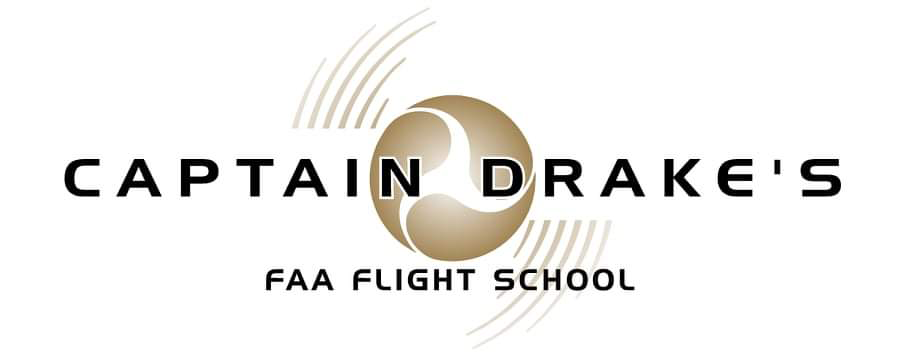Definition and FAA Regulations
Ultralight aircraft are lightweight, single-seat vehicles designed for recreational flying. They offer an affordable and accessible way for individuals to experience the thrill of aviation. Due to their minimalistic design and low operational costs, ultralights have gained popularity among hobbyists and aviation enthusiasts.
Ultralight Aircraft Characteristics:
- Weight: Ultralight aircraft have a maximum empty weight of 254 pounds (115 kg), excluding floats and safety devices intended for deployment in an emergency.
- Fuel Capacity: Ultralights are limited to a maximum fuel capacity of 5 U.S. gallons (18.9 liters).
- Seating Capacity: Ultralights can only accommodate one occupant, the pilot.
- Speed: The maximum level flight speed of an ultralight aircraft cannot exceed 55 knots (63 mph or 101 km/h).
- Stall Speed: Ultralights must have a power-off stall speed that does not exceed 24 knots (28 mph or 45 km/h).
FAA Regulations for Ultralight Aircraft:
Unlike other types of aircraft, ultralight vehicles are subject to a unique set of regulations under the Federal Aviation Administration (FAA). Ultralight aircraft are governed by Part 103 of the Federal Aviation Regulations (FARs), which outlines specific requirements and limitations for their operation:
- No Pilot’s License Required: Under Part 103, ultralight aircraft can be operated without a pilot’s license. However, it is recommended that pilots receive proper training and instruction before flying an ultralight to ensure safe operation.
- No Aircraft Certification: Ultralight aircraft are not required to be certified by the FAA. However, they must still adhere to the design and performance limitations outlined in Part 103.
- Operating Limitations: Ultralights can only be operated during daylight hours, under visual flight rules (VFR), and outside of controlled airspace, unless the pilot has received prior authorization from air traffic control. Ultralights must also avoid flying over congested areas and maintain a safe distance from people, vehicles, and structures on the ground.
While no pilot’s license is required to operate an ultralight aircraft, it is strongly recommended that aspiring ultralight pilots receive proper training from an experienced instructor. This ensures that they understand the principles of flight, adhere to safety regulations, and develop the necessary skills to operate these unique aircraft safely and responsibly.
